As a small business owner, you may believe your most critical goal is to acquire new consumers, don't misunderstand us, this is essential. However, retaining the clients you currently have should be another top priority.
The customer engagement strategy is where it's at. Customer engagement strategy refers to the process of developing a connection with individuals who are purchasing what you're offering. It's the aggregate of all the ways you connect with your consumers: emails, phone calls, social media interactions, and so on.
Creating a plan for these encounters might help you retain your clients and attract new business. Do you have any idea how your target audience communicates with each other? Do you know how your consumers communicate with you after buying from you? Here are some good customer engagement strategies that you can put in place right away.
What is the Customer Engagement Strategy
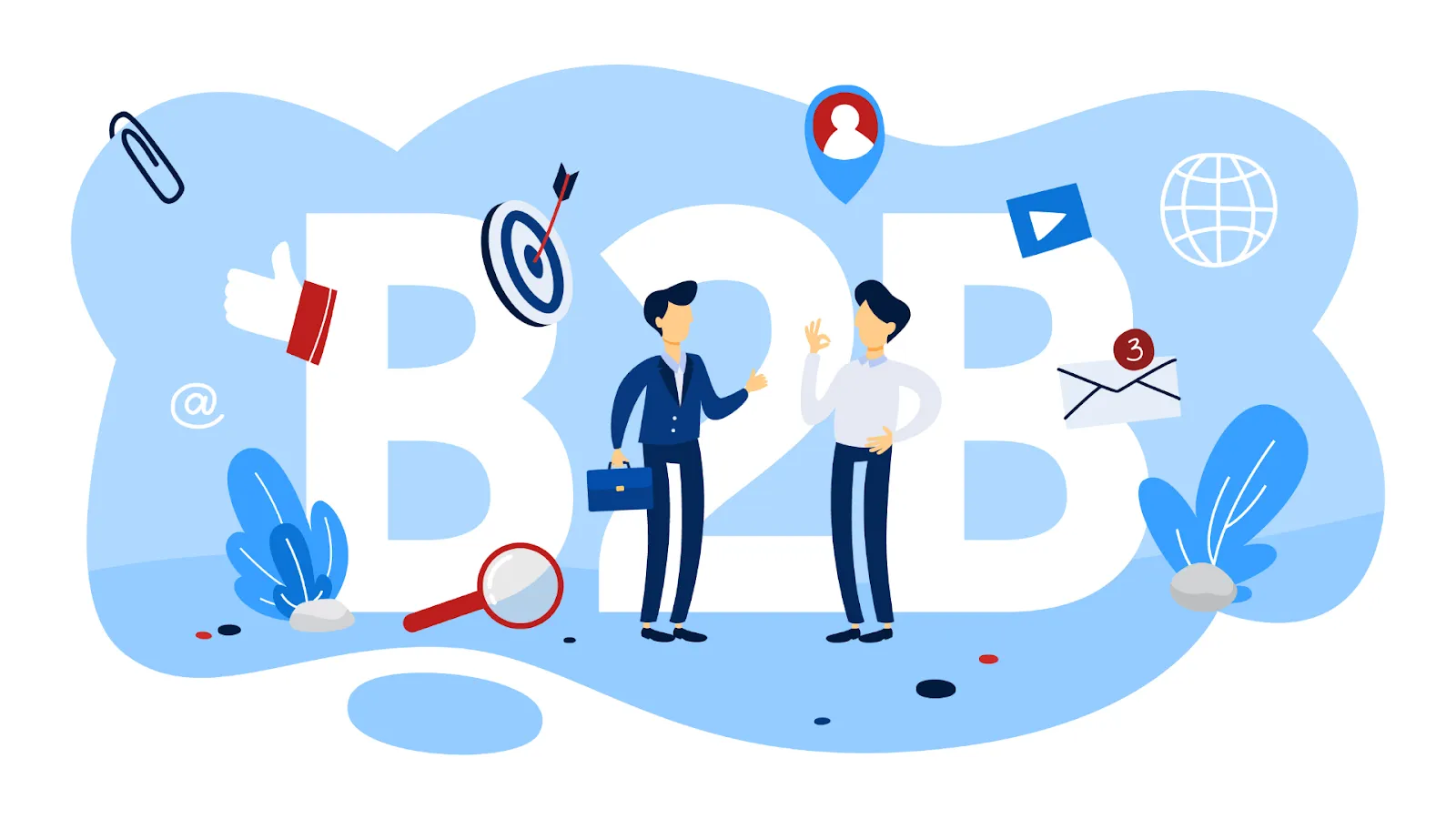
A customer engagement strategy is a strategy for improving client satisfaction by creating more enjoyable interactions with them.
It may be done via any channel, from in-person to online to over the phone, and it can take many forms. Customer strategies must move from reactive to proactive.
They should address both how your team interacts with consumers when they contact us on their own and additional proactive engagement techniques that your firm may take.
The Advantages of a Customer Engagement Strategy

Implementing a well-thought-out customer engagement strategy offers numerous advantages for businesses aiming to create meaningful relationships with their audience. Here are some key benefits:
1. Increased Social Interactions
A strong customer engagement strategy can naturally lead to an increase in social interactions.
Customers are more likely to engage with your brand on social media platforms, share content, and participate in discussions, leading to better visibility.
2. Improved Customer Feedback
When customers feel valued, they’re more inclined to provide feedback.
This feedback, whether positive or constructive, is invaluable in understanding their needs and refining your offerings.
3. Higher Customer Satisfaction
Engaged customers tend to have a more positive experience with your brand, resulting in greater satisfaction.
This satisfaction encourages them to remain loyal and recommend your products or services to others.
4. Enhanced Customer Loyalty
Loyal customers are an asset to any business. A customer engagement strategy ensures that customers feel a personal connection with your brand, increasing their likelihood of staying with you long-term.
5. Customer Relationships That Go Beyond Transactions
Engagement strategies foster deeper relationships with customers.
This means customers are not just purchasing a product but are invested in your brand’s values and journey.
6. Actionable Insights from Data
Engagement strategies often involve tracking interactions, allowing businesses to collect and analyze valuable data.
This helps in tailoring future campaigns and addressing customer needs more effectively.
7. Higher Retention Rates
Satisfied customers are less likely to leave. Engaging with them regularly through various channels, including social media and email campaigns, ensures they feel connected to your brand.
8. Stronger Community Around Your Brand
Building a fan club or online community can create a network of loyal customers who actively promote your brand.
These communities also serve as a source of organic testimonials and reviews.
9. Opportunity for Better Social Responsibility
Engagement isn’t just about direct interactions, it’s also about involving customers in social causes.
Supporting a cause resonates deeply with audiences and positions your brand as a responsible and caring entity.
10. Increased Participation Through Incentives
Rewarding customers for their engagement, such as offering loyalty points, discounts, or exclusive access, keeps them motivated to continue interacting with your brand.
11. Effective Use of Testimonials and Reviews
Showcasing customer testimonials and reviews highlights your brand’s trustworthiness.
Engaged customers who have had positive experiences are likely to leave such reviews, amplifying your brand’s credibility.
12. Adaptability Through Feedback Implementation
Acting on customer feedback shows that their opinions matter. This builds trust and encourages customers to maintain long-term relationships with your business.
By focusing on meaningful engagement through strategies like analyzing customer behavior, rewarding loyalty, and creating opportunities for interaction, businesses can create a foundation of trust and long-term success.
Each step in engaging with customers opens doors for mutual growth and satisfaction, fostering a stronger bond with your audience.
What are the latest trends in marketing and customer engagement strategy?
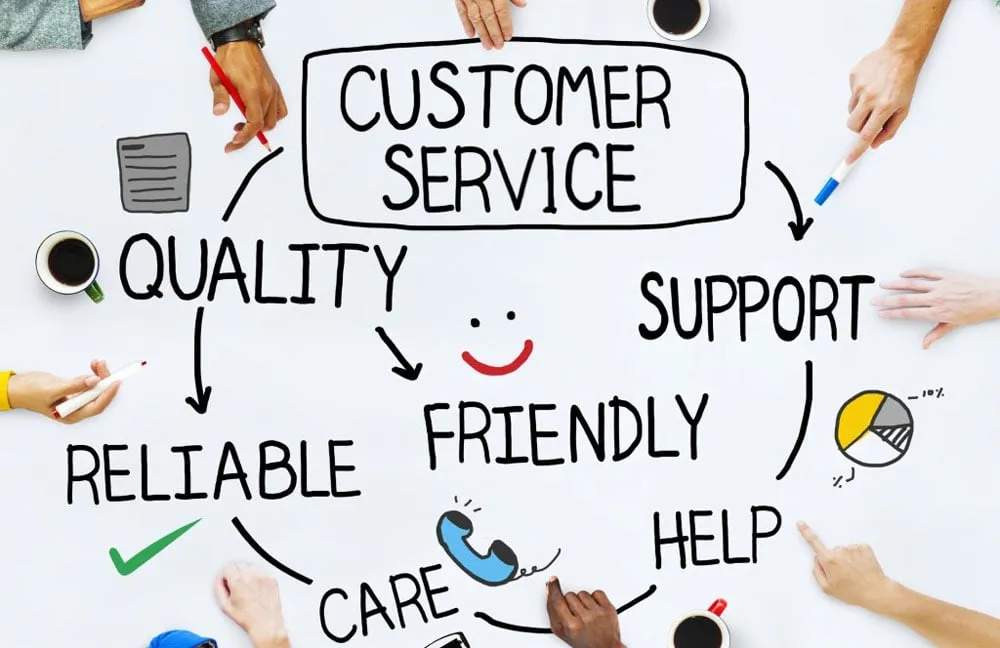
This one's difficult, but if you utilize a certain approach, here are some signs that it's working:
1. A sudden increase in social interactions
What's the first step toward determining whether or not your consumers are getting what you're putting out?Your social media sites will receive more likes and comments.
The easy-to-use Insights section on Facebook Pages, Twitter, and Instagram provide you with insight into how active your page is over time.
2. Positive evaluations from customers
Customers who are delighted (whether it's because you're super responsive and have an outstanding first call resolution rate or simply because you have a fantastic brand) are more likely to be satisfied and to sing your praises.
Keep an eye on Yelp, Google, Facebook, and other platforms for excellent client evaluations.
3. Customers with a higher level of satisfaction

It's obvious that happy consumers can be quantified. Customer surveys are for this purpose.
Surveys do not have to be lengthy and complicated, and if you send them out on a regular basis (once or twice a year, you don't want to burn out your base), they may serve as an excellent indicator of how engaged your customers are.
Try asking the same or similar questions each time, especially about how pleased they are with your service and whether they would recommend you to their friends.
This helps you track long-term progress.Also, keep an eye on that survey response rate, nothing says "engagement" than a consumer taking the time to fill out a questionnaire for a company!
4. Your biggest fans will help you launch any new business.
As we previously stated, customer engagement methods may help you achieve the holy grail of small business success: improved word of mouth and more referrals.
Inquire as to how your clients learned about you, and thank those existing customers who assisted in bringing new consumers through the door.
10 Proven Customer Engagement Strategies

1. On social media, run a "tag a friend" contest.
You may be missing out on some simple chances to connect with present (and potential) customers if you aren't active on social media.
Small companies use social media to offer weekly discounts from their menu, display new goods for sale, and notify consumers of urgent changes to store hours nowadays.
Many small businesses' social media sites are more up-to-date and helpful than their actual websites these days because customers can follow their favorite firms and get notifications whenever they post.
An example of a tag-a-friend campaign: Kopari Beauty thanked its clients with a tag-a-friend promotion to celebrate hitting 100,000 followers.
Here's how they phrased it:
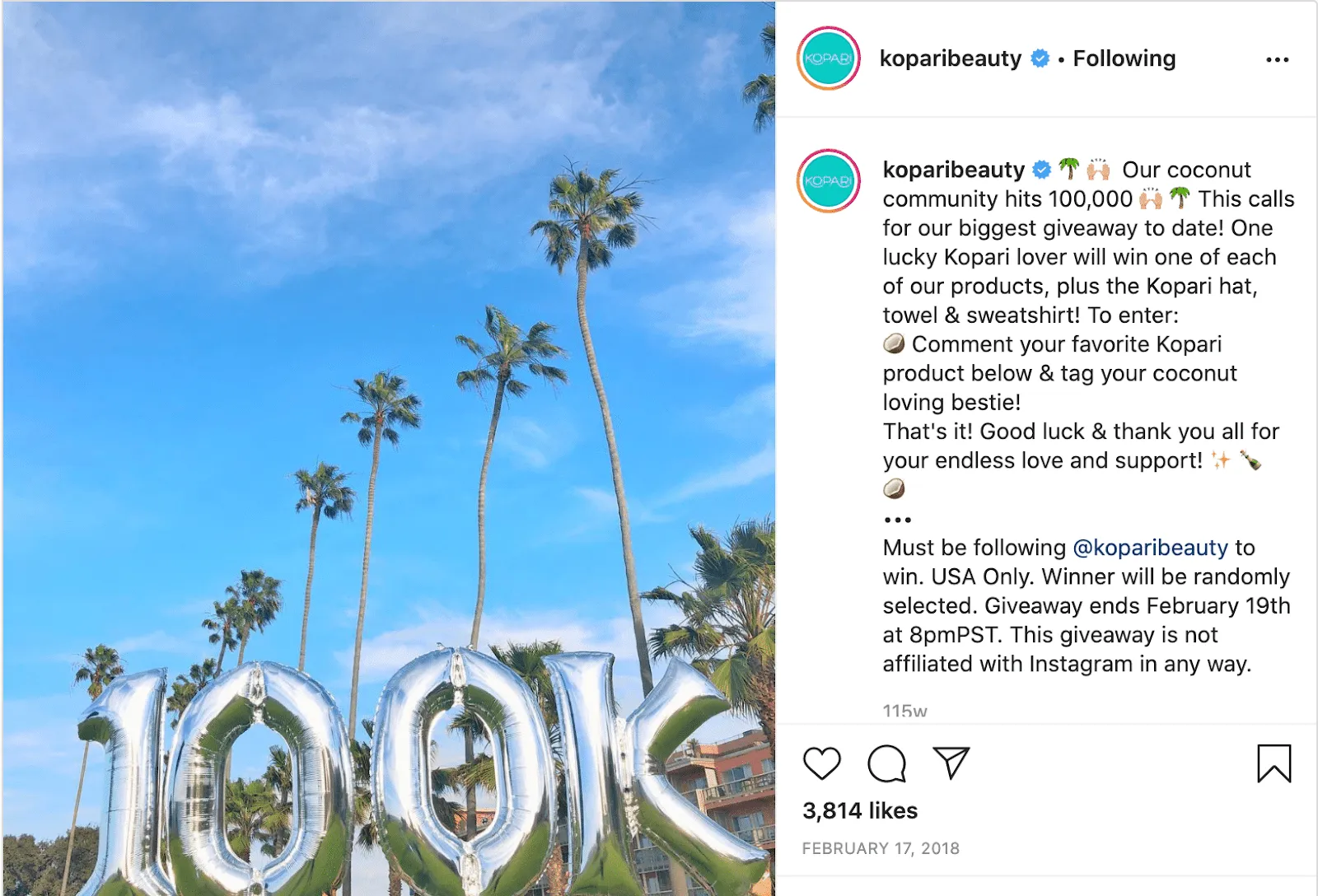
How to Do It: Make a photo of the prize you're giving away and post it on your Facebook or Instagram account. Perhaps it's your most popular product, which customers purchase time and time again.
Then ask your fans to include a friend's name in the comments to be entered to win the reward.Make clear in the terms of the contest when it will end and what time limit there will be; if it will be a random draw, or if the person who tags the most friends wins.
Make the amount you want to achieve a goal that you can accomplish in a week or so, to keep the competition active in people's minds, if you only have 50 followers right now, aiming for 100,000 might be somewhat ambitious.
2. Interact with customers and prospects in a variety of ways.
In the engagement game, being agile is your best friend. Being able to access and respond to your consumers across a variety of platforms can help you establish a reputation for being responsive, pleasant, and eager to assist at any moment.
However, if you don't have the appropriate communication tools, keeping track of all the moving pieces may be time-consuming.
3. Shout out your testimonials.
Did you just get a five-star review on Yelp or Google? Screenshot it and post it on all of your social media accounts, complimenting the author for their kind words.
The Greek Olive, a small company from South Africa that converted a customer review into a statement on a clean background and created an Instagram post that makes us want tapenade: An example of a shoutout for reviews.
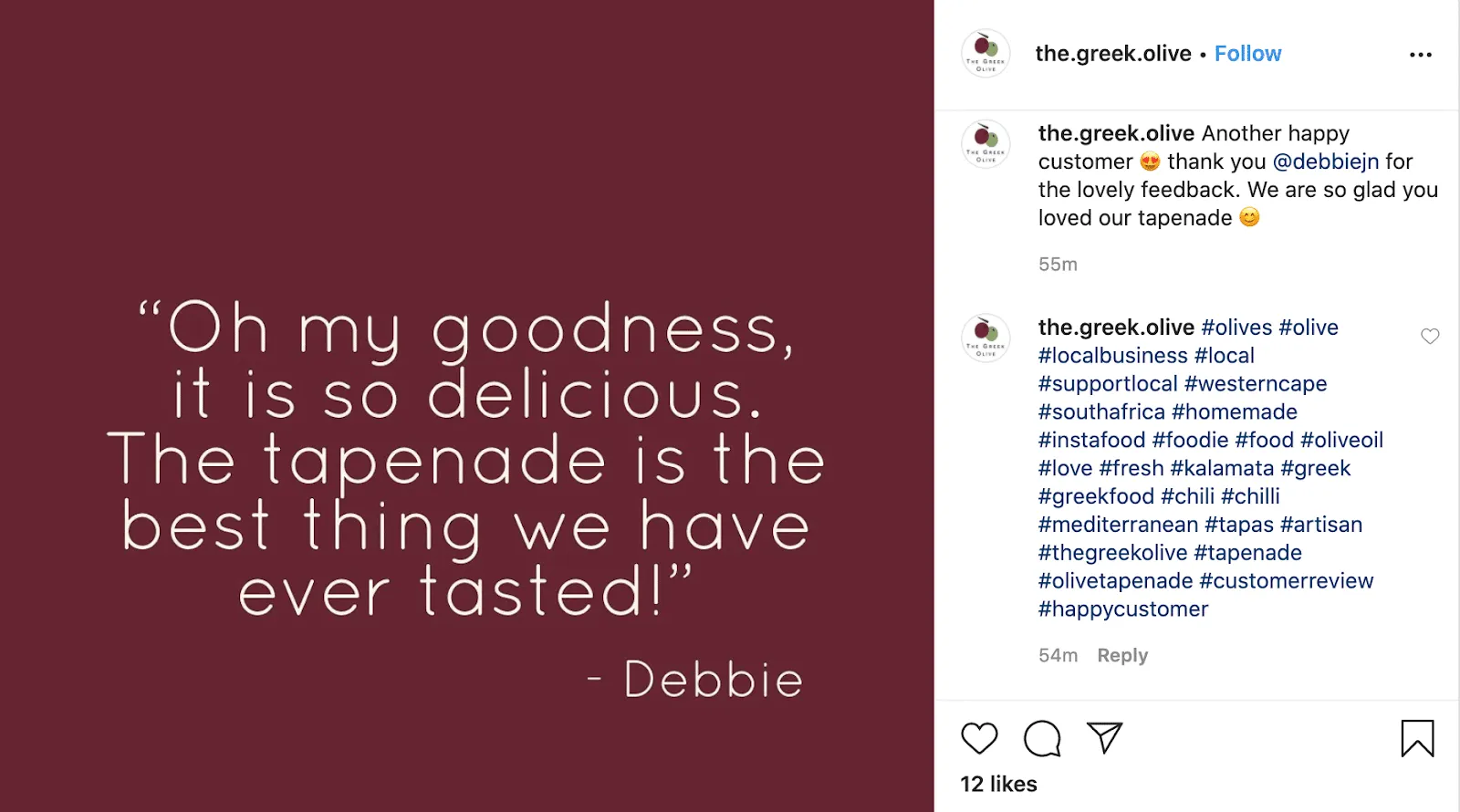
Make a post like this is simple.There are several quote-generating applications available for free on your smartphones, such as Quotes Creator, which is available on both Apple and Android phones.
So get mining those public comments to create some beautiful articles.
4. Check in with your low-noise consumers.
Give the squeaky wheels a rest and find out whether any of your silent consumers have any issues.
These shy individuals, I'm guessing, will be appreciative of the acknowledgment as long as you come across it in a manner that doesn't make them feel compelled to talk to someone in real life.
5. To increase engagement, you need to reward your audience.
Sometimes, you won't have to go out of your way to get people talking. Your consumers will speak highly of you on their own... Isn't it the ambition?
An actual case of rewarding engagement: It's tough to compete with Southwest Airlines in the loyalty stakes.
They have a strong social media group that finds people who are having a good time on their flight and sends them pleasant little presents upon arrival at home:

As soon as you notice an opportunity to engage, keep some tiny engagement rewards on hand and ready to deploy: a little token of appreciation for their support and a nudge to continue chatting about your company.
6. Create and manage a fan club.
You're probably familiar with who your top and most enthusiastic customers are. Consider how you might get them to spread the love as brand ambassadors for you.
An example of how to use your fan club: Lively was a tiny lingerie company that was able to compete with the big names in the game.
How did they do it? They've had more than 100,000 "Boss Babe Ambassadors," regular clients who wear and enjoy their products over time.
Customers acquire social clout, while Lively benefits from displaying real women wearing their items.

To repay these people for their support, set up a VIP Customer Club and invite them in for early access to new goods or services so they can provide you with feedback before you go live.
You'll probably be flattered that you were chosen, and they will become even more vocal about how great you are as a result.
7. Make good on the comments you've received.
Listening is an important component of engaging with clients, and taking customer feedback into consideration may go a long way toward building consumer trust and interest in your company.
Take another look at the above example.
Remember Sonic the Hedgehog? Paramount Pictures unveiled the first image of their CGI version of Sonic for an as-yet-untitled feature film, to be released in 2019.
Fans were not silent in expressing their concerns, with the designers having equipped Sonic with human-looking teeth: it was a true nightmare situation.
And fans were vocal about their opinions. Rather of dismissing the comments and proceeding without delay, Paramount took them seriously and invested time (and money) on significant digital cosmetic surgery for Sonic, to the delight of gamers everywhere:

Before (shudder) / AfterSurveys are a good place to start. Share an overview of the findings with those who took the time to fill out the survey, and clearly state two or three changes you'll make in response to the comments.
Then, after you've implemented the modifications, send them a thank-you note expressing how much you've appreciated their input.
8. Use data.
What sort of data do you have as a firm, and how can you utilize it to personalize and improve the customer experience? An excellent illustration of how data may be used is Netflix's algorithm, which does an outstanding job of incorporating what we watch into more content that we will enjoy.
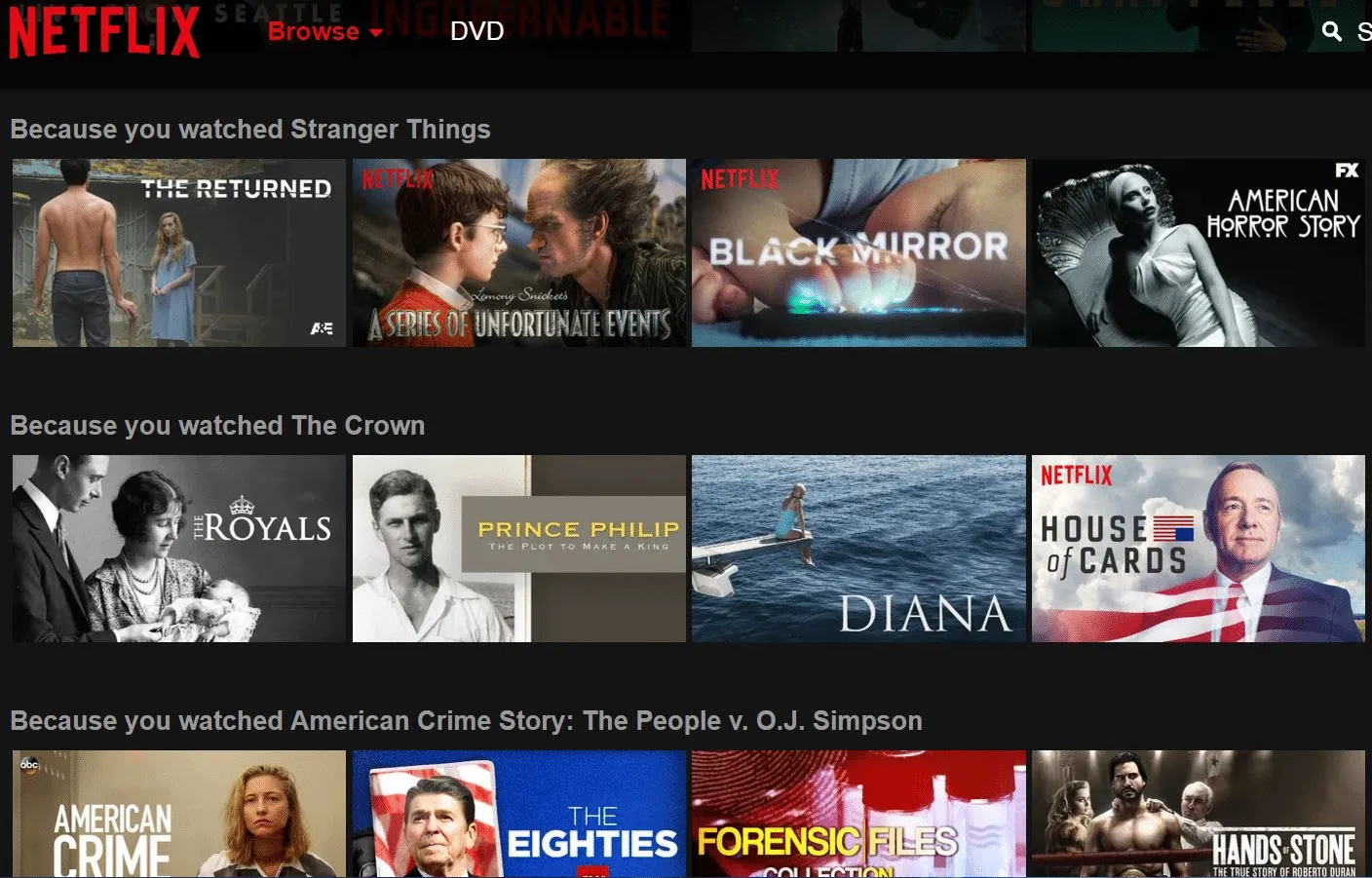
Say you're scanning your order data and come upon a client who always purchases the same thing every other month.
Try mailing them that product before its their next shipment date, with a note expressing your gratitude for their patronage.
9. Keep your promises.
Make certain that the promises you're making are true. Reading your client surveys and evaluations can help you figure out how your services are being viewed.

Example of a company failing to keep its word: You've probably heard about Theranos, the Silicon Valley startup that promised to revolutionize blood testing.
But the scientific and engineering efforts didn't quite keep up with sales and marketing.
In the end, disappointed consumers and investors, as well as the company itself, left it unable to recover.
10. Include consumers in social causes.
Customers want to be able to brag about their purchases, and they want to tell their friends what they've accomplished.
Make social responsibility a part of your business plan, as well as opportunities for customers to get involved.
If you include methods for consumers to participate in your business plan, you could notice a boost in brand enthusiasm.

TOMS Shoes began with social responsibility as a core component of their business.
Their goal of giving out a pair of shoes for every pair they sold took off, and now they can accomplish so much more than simply shoe distributions due to the efforts of their clients.
They even have a dedicated page for "Your Impact," which displays all the causes for which you can help as a TOMS customer. Doesn't this make you want to buy a pair?

Set up a schedule of regular volunteer opportunities so that your staff and clients may collaborate in the community, and even have your business front become a drop-off point for food bank donations a few times each year.(Turn it into a competition on social media to hit two or more customer engagement techniques at once!)
Why Are Existing Customers Essential for Growth?

Existing customers are the backbone of sustainable growth for any business. They already trust your brand and are more likely to make repeat purchases. Focusing on them ensures steady revenue and reduces the cost of acquiring new customers.
- Higher Retention Rates: Satisfied customers are more likely to stay loyal, ensuring consistent income.
- Word-of-Mouth Referrals: Happy customers naturally recommend your business to others, bringing in new prospects.
- Easier Upselling Opportunities: It’s simpler to introduce new products or services to customers who already know and value your offerings.
- Lower Marketing Costs: Engaging existing customers costs less than constantly acquiring new ones.
By nurturing these relationships, businesses can build a strong foundation for long-term success.
How Does Customer Feedback Enhance Engagement?

Customer feedback is a powerful tool for improving engagement. It provides direct insights into what customers value and expect, allowing businesses to make informed decisions and tailor their strategies.
- Feedback highlights areas that need improvement, helping to meet customer expectations.
- Actively listening and acting on feedback shows customers that their opinions matter.
- Encouraging feedback opens a dialogue between the business and its customers.
- Feedback helps tailor experiences to individual customer needs, enhancing satisfaction.
By leveraging feedback effectively, businesses can create meaningful connections and strengthen customer relationships.
How Can You Build Loyal Customers Effectively?
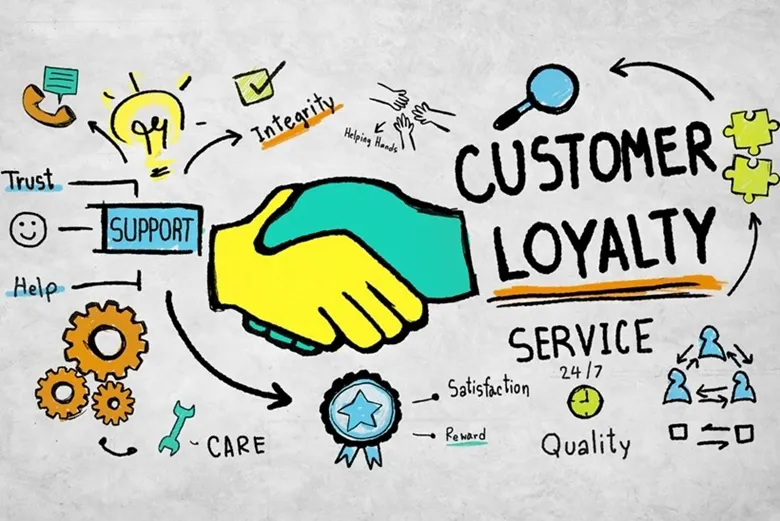
Building customer loyalty requires genuine efforts to create positive experiences and lasting connections. Loyalty is earned through consistent value and thoughtful engagement.
- Deliver Consistent Quality: Ensure your products or services meet or exceed expectations every time.
- Offer Personalized Experiences: Tailor your approach to meet the unique preferences and needs of each customer.
- Recognize and Reward Loyalty: Provide incentives like exclusive discounts, rewards programs, or early access to products.
- Stay Proactive in Communication: Keep customers engaged through regular, meaningful interactions.
- Act on Feedback: Show customers you value their input by making improvements based on their suggestions.
A focus on trust and care fosters enduring relationships.
Conclusion
There's no need to put the cart before the horse or try to accomplish everything at once when so many organizations are leading the charge in client interaction.
Take one or two things from the list above that appear doable and put them to use for you.Make sure you have some reasonable objectives in mind, as well as a method for measuring your progress.
Also, don't forget to check in on these methods after a while to see how they're going and if anything needs changing.You could potentially notice a significant jump in customer involvement by applying just a little time and effort.

.webp)



.jpg)


